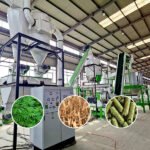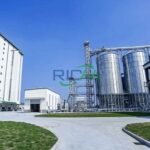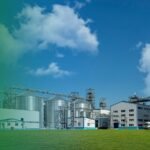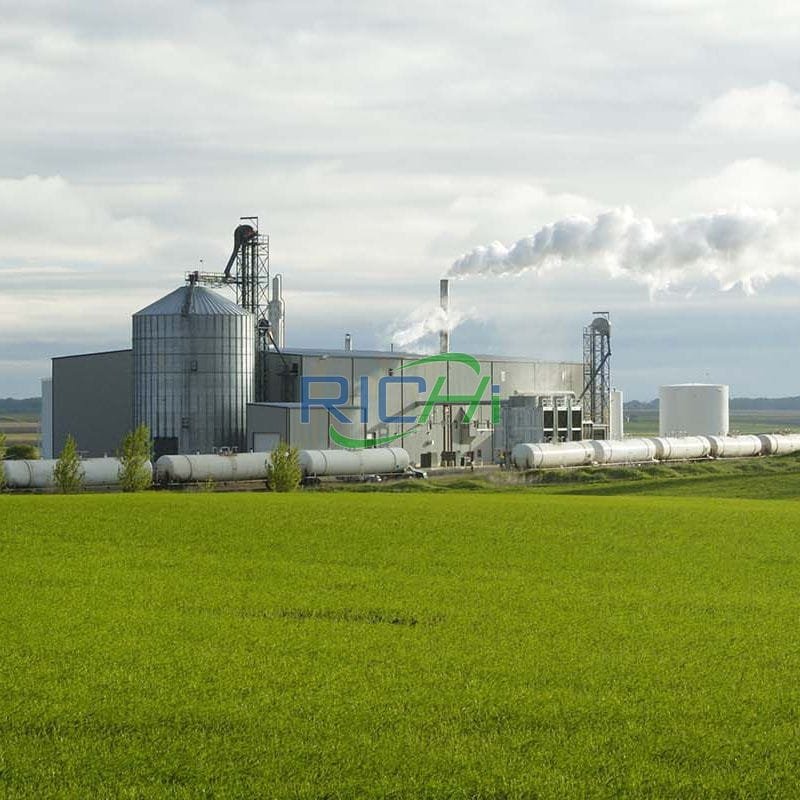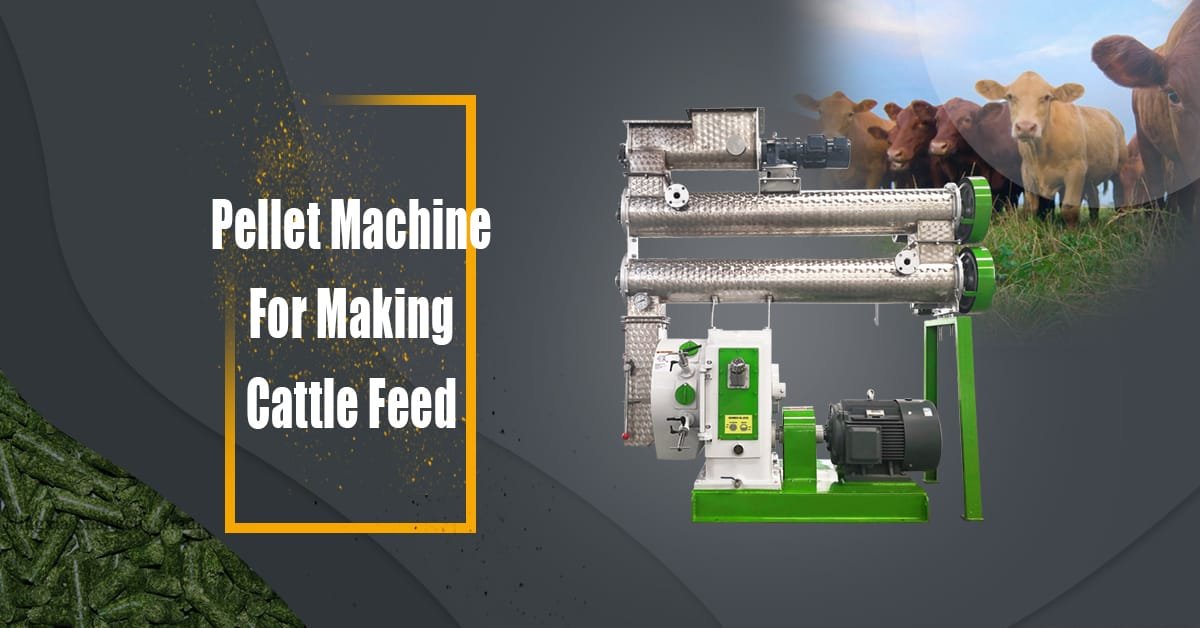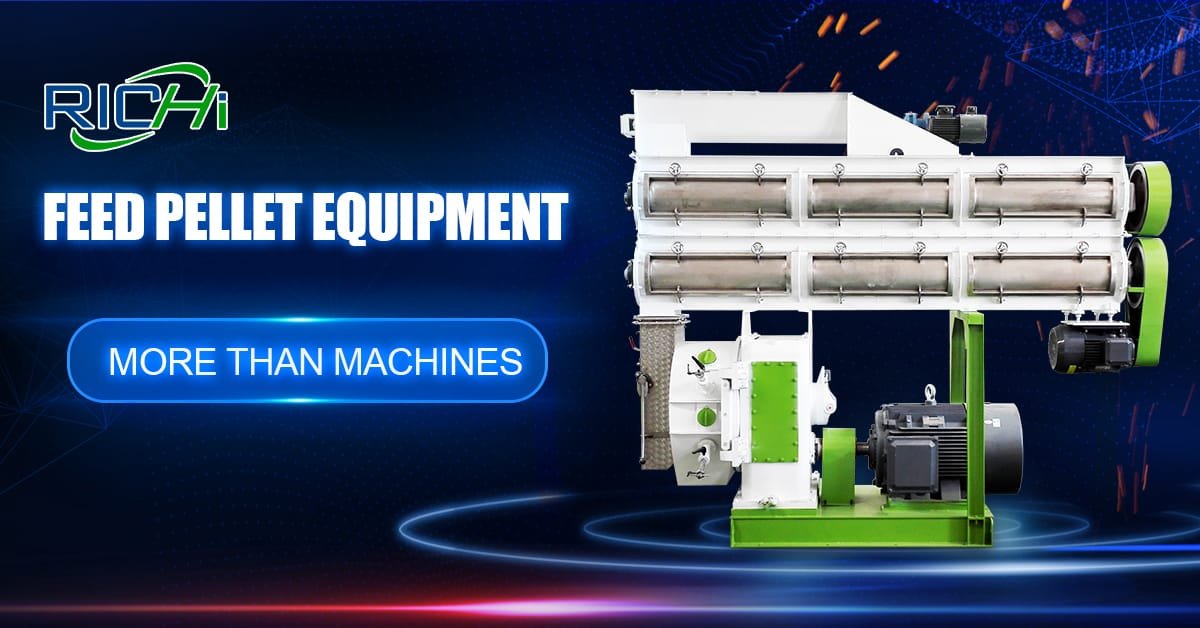In the dynamic landscape of the swine industry, ensuring high-quality and nutritionally balanced feed is essential for the health, growth, and productivity of pigs. Specialized pig feed mills have emerged as critical facilities, dedicated to efficient and sustainable pig feed manufacturing. Let’s delve into the significance of pig nutrition, the role of pig feed mills, key components of these facilities, factors influencing their success, and the future outlook for the industry.
Significance of Pig Nutrition
Pig nutrition is pivotal for several reasons:
- Meat Production: Optimal nutrition supports growth rates, carcass quality, and meat yield, directly impacting productivity and profitability in swine operations.
- Animal Health and Welfare: A balanced diet boosts immune function, reduces metabolic disorders, and enhances overall well-being, contributing to sustainable and productive pig farming.
- Reproductive Performance: Proper nutrition supports successful breeding, ensuring reproductive health and sustainable swine herd management.
- Environmental Sustainability: Efficient feed utilization minimizes waste and reduces the environmental footprint of swine production.
- Economic Viability: Feed efficiency and cost-effective nutrition formulations lower production costs and enhance profitability in swine operations.
Role of Pig Feed Mills
Pig feed mills are crucial for the swine industry due to:
- Consistent Product Quality: Utilization of advanced technologies and stringent quality controls ensures feed formulations meet nutritional standards for optimal pig health and performance.
- Customized Formulations: Tailoring feed formulations to specific nutritional needs of pig breeds, life stages, and production systems optimizes growth, reproduction, and overall productivity.
- Efficient Production: Modern pig feed mills employ automation and process optimization to maximize output while minimizing waste, enhancing cost-effectiveness and sustainability.
- Sustainability: Incorporation of sustainable practices like alternative protein sources and energy-efficient technologies promotes environmental responsibility within the swine industry.
- Economic Opportunities: Investment in pig feed mills stimulates local economies, creates employment, and supports growth in the swine sector.
Key Components of Pig Feed Mills
Successful operation of pig feed mills integrates several critical components:
- Raw Material Handling and Storage: Facilities for receiving, storing, and handling grains, oilseeds, proteins, vitamins, and minerals ensure a consistent supply of high-quality ingredients.
- Grinding and Mixing: Advanced equipment for grinding and mixing achieves optimal particle size and uniform distribution of ingredients.
- Pelleting and Extrusion: Systems for pelleting or extrusion produce durable feed forms that maintain nutritional integrity during handling and storage.
- Drying and Cooling: Efficient systems for drying and cooling ensure feed stability and prolong shelf life.
- Quality Control and Testing: Rigorous quality control measures, including laboratory testing, ensure feed meets nutritional and safety standards.
- Packaging and Storage: Adequate facilities for packaging and storage maintain feed quality during distribution.
- Automation and Process Control: Integration of automation and control systems enhances product consistency, efficiency, and operational safety.
- Auxiliary Systems: Supporting systems such as material handling, dust collection, and utilities ensure efficient and safe mill operations.
Factors Influencing Pig Feed Mill Success
Several factors impact the success of pig feed mills:
- Raw Material Sourcing: Reliable and cost-effective procurement of high-quality raw materials is crucial for consistent feed production.
- Formulation Expertise: Expertise in animal nutrition and feed formulation ensures feeds meet nutritional requirements across various pig breeds and production stages.
- Technology and Automation: Investments in technology improve efficiency, reduce labor costs, and enhance feed quality and consistency.
- Energy Efficiency: Adoption of energy-efficient practices and technologies reduces operational costs and environmental impact.
- Regulatory Compliance: Adherence to feed safety, quality, and environmental regulations ensures long-term operational viability.
- Skilled Workforce: A skilled and trained workforce is essential for efficient mill operations and maintenance.
- Continuous Improvement: Embracing continuous improvement drives efficiency gains, operational excellence, and competitiveness.
Related post: animal feed mill plant
Opportunities and Future Outlook
The future of pig feed mills is promising, driven by:
- Increasing Swine Production: Growing global demand for pork drives expansion in swine operations, boosting the need for high-quality pig feed.
- Technological Advancements: Research and development lead to more efficient feed formulations and production processes.
- Sustainability Practices: Adoption of sustainable practices enhances efficiency and reduces environmental impact.
- Precision Livestock Farming: Integration of precision farming techniques improves feed utilization and productivity.
- International Collaboration: Global investments and partnerships foster innovation and economic growth in the swine industry.
In conclusion, pig feed mills are integral to supporting sustainable swine production. Investment in these facilities not only meets the rising demand for pork but also promotes environmental stewardship and economic development within the swine industry. By embracing innovation, sustainability, and continuous improvement, pig feed mills ensure a prosperous future for global swine farming.
For details please contact: Richi machinery manufacture
WhatsApp:86 138 3838 9622
Email:enquiry@richipelletmachine.com


